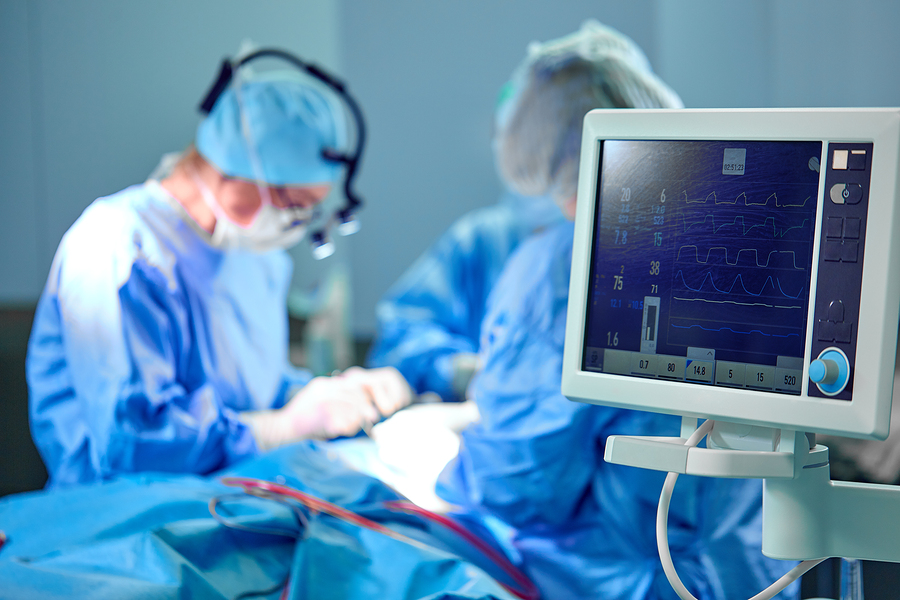A bone graft is a medical technique that is sometimes used to correct issues with the bones and the joints.
What Is A Bone Graft?
Bone grafting is essentially the transplantation of bone tissue from one place to another. This is normally done in order to fix damage to the bones or joints, or rectify problems that have presented due to certain health conditions.
Why Have A Bone Graft?
Bone grafting can be used to help correct problems caused by both injuries and health conditions.
If a patient has had a device implanted into the body — such as a knee replacement — bone grafting can be utilised to secure the area. When a device is implanted into a patient’s body, then it is likely that they will be happening because they have incurred some loss of bone, or perhaps even a fracture. The grafting technique can be used to enhance the structure of the bones in question.
If a fracture isn’t healing as expected, or the fracture is particularly complex, then a bone graft may be the preferred course of action.
Certain health conditions can cause bone loss, especially in the case of disease or infection. Grafting may be used to fuse two bones together in order to strengthen or heal, and may also be used to regenerate bone that has been lost.
Different Types Of Bone Graft
If you require a bone graft then it is not entirely necessary that the bone that is to be used comes from your own body. A donor can be used to harvest the new bone, or the material used for your graft could also be synthetic.
When synthetic material is used for a bone graft then it is not always guaranteed that the body will accept the graft. However, when it does, living bone can then begin to grow around it.
Although there are several different types of bone graft, there are two options that are more common than the rest. The two most common types are called allograft and autograft.
Allograft Bone Transplant
An allograft is when bone is used from the body of a deceased person. When a person dies then there bone tissue can be cleaned and then stored for future use.
Typical surgeries that may prefer the use of an allograft bone transplant are those that involve reconstruction of the long bones, such as the arms and legs. This kind of procedure can usually be done in one surgery, which can decrease the recovery time and the chance of infection for the patient.
When this kind of transplant process is used, then the new bone in question has no living cells. This means that the risk of the body rejecting the new tissue is quite low. This also means that the bone does not feature any living marrow, which eradicates the need to have a matching blood type between donor and recipient.
Autograft Bone Transplant
An autograft is when the bone tissue comes from the patient’s own body. In this instance, bone will usually be taken from the ribs, the pelvis, or the hips.
Surgery Risks
As with any surgical procedure, there are certain risks associated with bone grafts. The usual considerations of excess bleeding and infection exist and will be assessed by the surgeon conducting the procedure.
With bone grafts, there is also the possibility of pain at the surgery site, swelling, nerve damage, and inflammation. If this is a surgery that you are considering, then your healthcare provider will talk through the associated risks with you so that you can know what to look out for after the surgery.
Preparing For Bone Graft Surgery
Before you are considered for the surgery, a full medical examination should be conducted. This will enable your doctor to have all of the information to make informed decisions about the procedure.
It is important that your doctor knows about any medications or supplements that you are currently taking, as well as your medical history.
Healing From Surgery
After you have had a surgery of this type, it is essential that you follow the advice and guidance of your healthcare provider.
The length of your recovery will depend on how big the graft was, and a number of other factors. You should always ask your surgeon how long you should expect to be in recovery. During this time, it is important that you do not engage in too much physical activity, and that you get lots of rest.
If you have had a bone graft in your arms or legs, then it is normal that you will want to elevate and ice the relevant area during your recovery. This can help to keep the swelling down and help you to heal.
Be sure to follow a healthy diet after your operation, and to engage the other muscles in your body to make sure you keep yourself in shape.
Orthopedic Diagnosis
If you are experiencing an orthopedic problem or you have recently experienced a fracture, then an accurate diagnosis will get you on the path to a speedy recovery.
At Onto Orthopedics we work quickly to get to the root of the problem as quickly as possible. Contact us today to see how we can help you!
References
Related Posts
Cigarettes May Inhibit Inflammation Treatments
Axial spondyloarthritis, also known as AxSpa, is a chronic…









